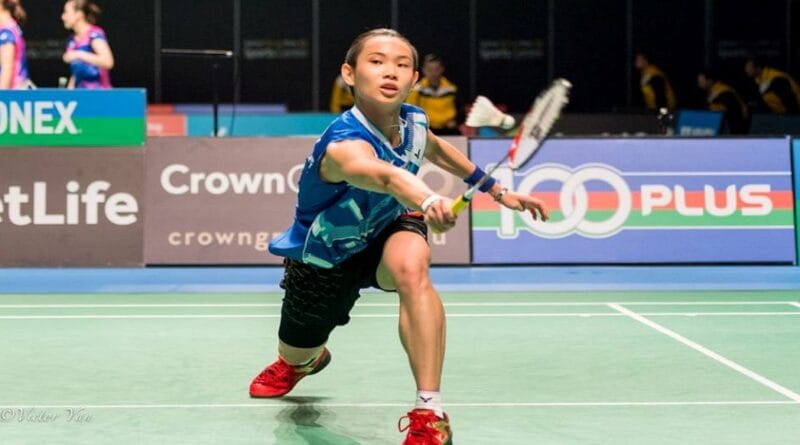Badminton Backhand defensive footwork
What backhand defensive footwork should you coach?
When & What to coach – I had a discussion with another coach
What’s your view on non-racket leg backhand defensive blocks?
I think it is an obvious and important skill to have, irrespective of playing standard.
I had a conversation with a coach who seemed to have reservations about badminton backhand defensive footwork that used non-racket leg blocks.
It was tough to find out why as they seemed reluctant to talk and explore the when, why and how to practice them.
In a brief conversation, it was established that they favoured a step-over defensive block (landing the racket leg). They stated that this was in all situations.
I had to disagree
Context is important
The confusion or alternative viewpoints may have come from the fact that no specific context has been established. To have an effective discussion it’s important that context is defined. Context that defines the playing/training standard of the player, the situation in the rally, the opponents’ stroke and the intended reply.
Context is very important, however, it’s difficult for this stroke/movement to have absolutes in terms of which body movements (especially the legs) to be used when playing a backhand defensive block.
I had these thoughts
- Maybe I could have done a better job at explaining my thoughts. Maybe allowing clarification by the other coach, although as always, time was a factor
- Stepping onto the non-racket leg has advantages over the alternative method (what are they?)
- In a game I believe players do both and need both movements, so why not practice both?
- Could nearly all movements start with a step onto the non-racket leg (big or small) and then if required, step onto (maybe ‘fall’) the racket leg in recovery. Take a look at these images.
- Practice has to be at the specific level of the player and that non-racket leg work must also be progressive (what are the stages or critical parts of developing this stroke?)
- What to introduce, coach, and allow (without comment) when working with novice players?
– – – – – – – – – – – – – – – –

As always, I’m very grateful if you have read this far 🙂
I’d love to hear your views about which badminton backhand defensive footwork you coach. What are the positive benefits of each technique?
Why not send me an email contact@badmintonandy.com
This is part of a series of conversation starters.
Although not in detail, the posts are written to get you thinking and talking with others.




